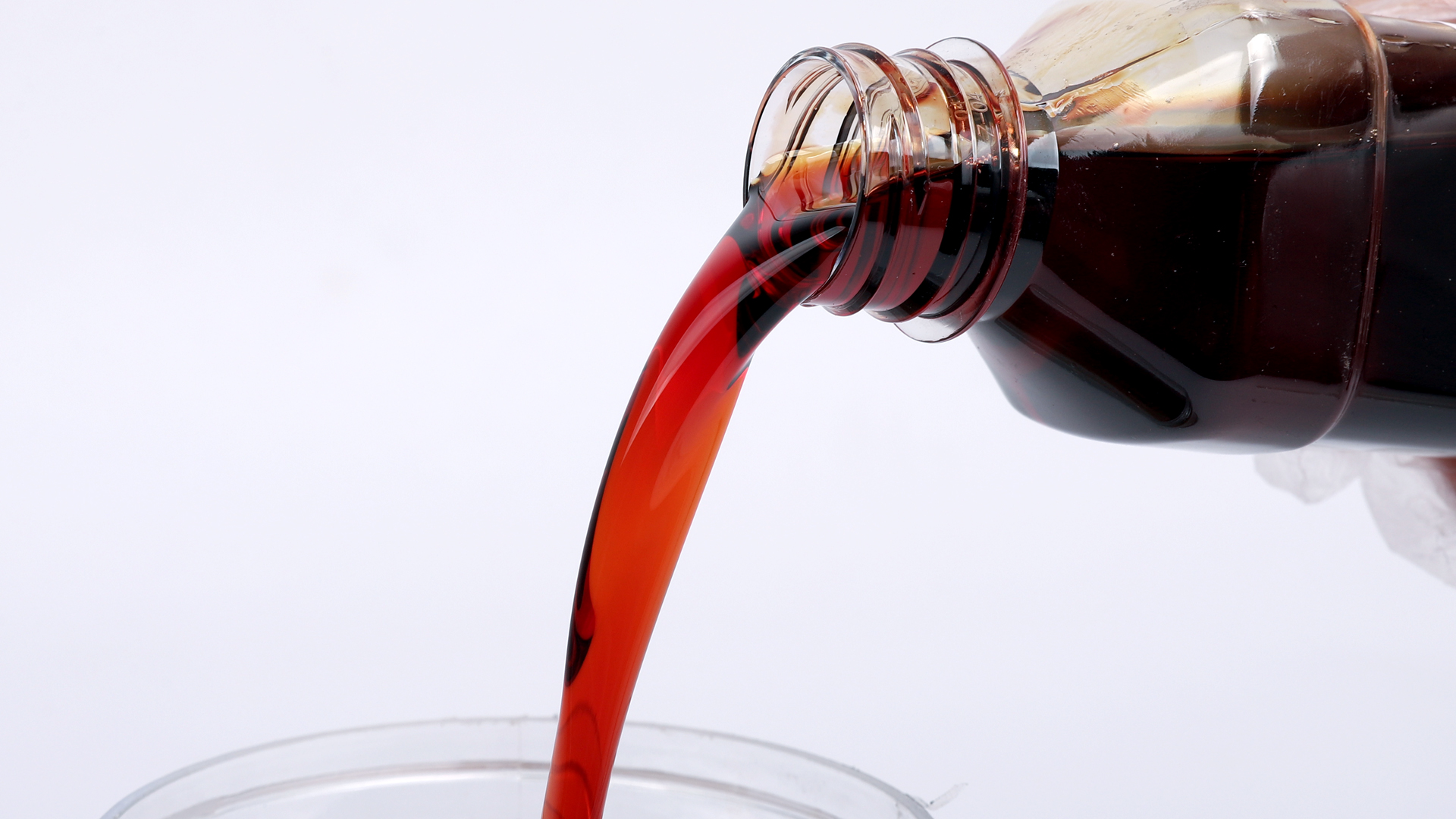
Alkaline Phenolic Resin: Reduce the Impact of Temperature
2022-06-01 22:59The temperature is low in winter, and alkaline phenolic resin is more significantly affected by temperature than other molding resins. Some manufacturers may experience high resin addition, low sand mold strength, and even production issues, leading to doubts about the performance of alkaline phenolic resin. Based on the use of alkaline phenolic resin under low-temperature conditions in northern regions, the impact of various ambient and sand temperatures can be reduced through the reasonable selection of resins and curing agents, as well as effective management of the production site. Let's take a look at how to do it!
1. To Avoid the Impact of Temperature on Resin Viscosity:
Under normal temperature conditions (around 25°C), the viscosity of alkaline phenolic resin is generally within 100 mPa·s, but as the temperature decreases, the viscosity increases significantly. As viscosity increases, problems inevitably arise—such as difficulty cleaning the resin barrel, dosing deviations in the sand mixer, and reduced flow rate. Therefore, we need to heat the resin barrel at the production site to keep the resin temperature between 25–30°C. This ensures low resin viscosity and stable flow in the sand mixer, facilitates accurate resin metering, and provides favorable conditions for the reaction between resin and curing agent, resulting in higher sand mold strength.
2. To Avoid the Influence of Sand Temperature on the Strength of the Sand Mold:
Different manufacturers have their own reasons for low sand temperatures. On one hand, for manufacturers with single or small-batch production, the molding cycle is long and sand circulation is slow, so the sand temperature does not differ much from the air temperature. When the air temperature is low, the sand temperature is also low. In this case, if conditions permit, the sand mixer can be retrofitted with hot air drying, or the sand storage above the sand mixer can be heated to appropriately increase the sand temperature.
On the other hand, for batch production manufacturers, on-site process management should be optimized to ensure that reclaimed sand that has not been in use for long can quickly enter the next molding process, thereby reducing the temperature loss of the sand itself.
Based on the experience of using alkaline phenolic resin in winter conditions, we should heat the resin and curing agent in a water bath to reduce viscosity and facilitate accurate metering. We should also try to increase the sand temperature to reduce the impact of ambient temperature on alkaline phenolic resin and maintain efficient and stable production. As a leading domestic phenolic resin manufacturer, Xinda is committed to the development and application research of phenolic resin and continuously improves the various properties of its products to serve many domestic and foreign enterprises.

